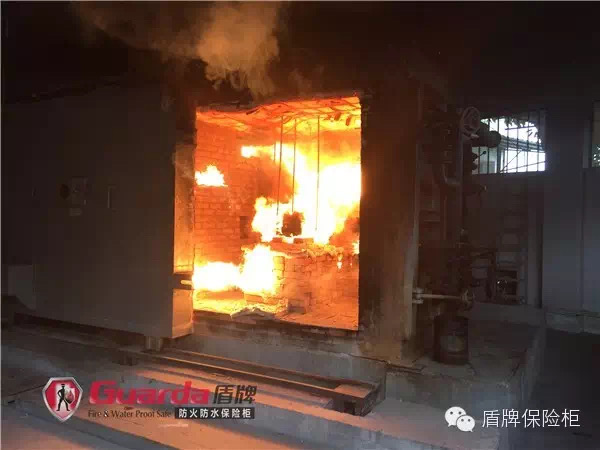Protecting documents and belongings from fire is important and the realization of this importance is growing worldwide. This is a good sign as people understand that prevention and being protected than having to regret when an accident do happen.
However, with this growing demand for document protection against fire, there is a growing variety of products that claims to have the capability of protecting your belongings from fire, but is that really the case for all. With that in mind, we look into the various descriptions for fire protection and what these phrases entitle to.
Fire resistance:
That is when a material creates a barrier against fire so that the contents are protected. The layer works by preventing fire to go through as well as reduce and minimize the conductance of heat through the layer.
Fire endurance:
This is an extension to fire resistance by giving a time limit in which how long a material barrier can protect against fire. This time limit may be 30 minutes, 60 minutes, 120 minutes. This time limit indicates when the temperature on the other side reaches beyond a limit that would create damage to the contents, not just when fire gets through. For example, Guarda’s UL-rated 1 hour fire safe would hold interior temperatures below 177 degrees Celsius for 60 minutes in fire with temperatures up to 927 degrees Celsius.
Fire retardant:
That is when a material is difficult to ignite or when the fire source is removed, it self-extinguishes. The key property of this description is that it slows down the spreading of fire. If the fire source is not removed or the surface is fully caught on fire, the entire material will burn.
In more simple terms, fire resistance and fire endurance describes a material that “sacrifaces” itself to create a barrier to protect contents or material being damaged by heat due to the fire on the other side. For fire retardant, it is more about protecting itself from being damaged by fire rather, slowing the spreading of fire rather than protecting the contents on the other side.
There are products out there that claims fire resistant but are actually fire retardant. Consumers often chose them due to their lightness and relatively lower price points. Also, marketing videos where they put these fire retardant materials up to a lighter or provide the materials for users to test with a lighter is a highly misleading concept. Consumers think their belongings are protected from fire and heat damage when actually they have limited fire resistant properties. Our article “Fireproof Document Bag versus Fireproof Safe Box – Which actually protects?” demonstrated the protection difference between a proper fire resistant box and a fire retardant bag. Our aim is to make sure consumers understand what they are buying and that they are protected. Our line-up of fireproof and waterproof chests are a perfect introductory line-up and can give you the proper protection for your important documents and belongings.
Post time: Nov-01-2021



